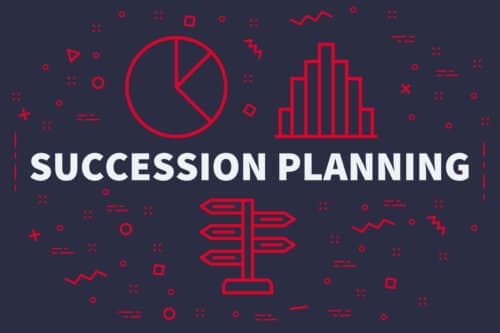Succession planning is a huge topic in business right now and at Forge we repeatedly talk about it with our for-profit clients. Record numbers of nonprofit executives are preparing for their retirement, making this topic incredibly important and timely.
Start Now!
For many nonprofit organizations, conversations regarding succession planning are past due, putting the organization at risk. Here are 10 reasons to start your succession plan today:
- It’s a great opportunity to start a discussion on the long-range plans and goals of the organization. These discussions should include all levels of the organization, from board members to new staff members.
- Evaluate the responsibilities that each member of your management team carries. It’s not uncommon to realize individuals have more responsibilities than a replacement could cover – this may lead to discussions on how to reduce or reassign the loads being carried.
- Provide stability for the organization if an unforeseen event occurs (resignation, death, illness, accident). If a “crisis” situation arises, the organization will be able to carry out a predetermined plan rather than scrambling to respond in an already stressful situation.
- Utilize the experience and knowledge of the management team to clarify what their ideal replacements would look like. Who else is better suited to know the skills and characteristics of an ideal replacement?
- Ensure that you have deep enough relationships with key donors and stakeholders, and that you’ve involved multiple staff members in each relationship. Too often, the relationship with a key donor relies solely on the executive director or development director. What happens to those relationships if someone leaves the organization?
- Improved fundraising efforts – you’ll be able show the organization is forward thinking and takes its long-term success seriously.
- Individuals in key positions within the organization will be more willing and comfortable to step down when they’re ready to. They’ll know the proper plans are in place and feel confident to turn the reigns over.
- Identify weaknesses in the organization and find ways to overcome them. Do you have adequate bench strength in your staff? Do you have the right individuals on your board? Is your compensation for key positions too low or too high?
- Develop written policy and procedure manuals or refine your existing manuals. This isn’t the most glamourous item on the list, but it can be critical in ensuring the organization successfully continues key operations in the face of an unexpected situation.
- It can be fun to dream about the future!
This list is just a start, there are many more benefits to getting started on your organization’s succession plan. My hope is that there are at least a couple ideas that have gotten you excited to start planning within your organization. At Forge we work with hundreds of nonprofit organizations and would be glad to discuss what has led to the most successful transitions we’ve seen – give us a call to see how we can help.
ABOUT THE AUTHOR
Forge Team
Relevant Posts
Learn What Your Business Needs Most to Unlock Faster Growth
Your business relies on four key areas, or centers of intelligence, to thrive. Take the free Business Intelligence Grader to see how you score across financial, leadership, productivity, and human intelligence and learn where to focus to drive greater results.
Your business relies on four key areas, or centers of intelligence, to thrive. Take the free Business Intelligence Grader to see how you score across financial, leadership, productivity, and human intelligence and learn where to focus to drive greater results.




